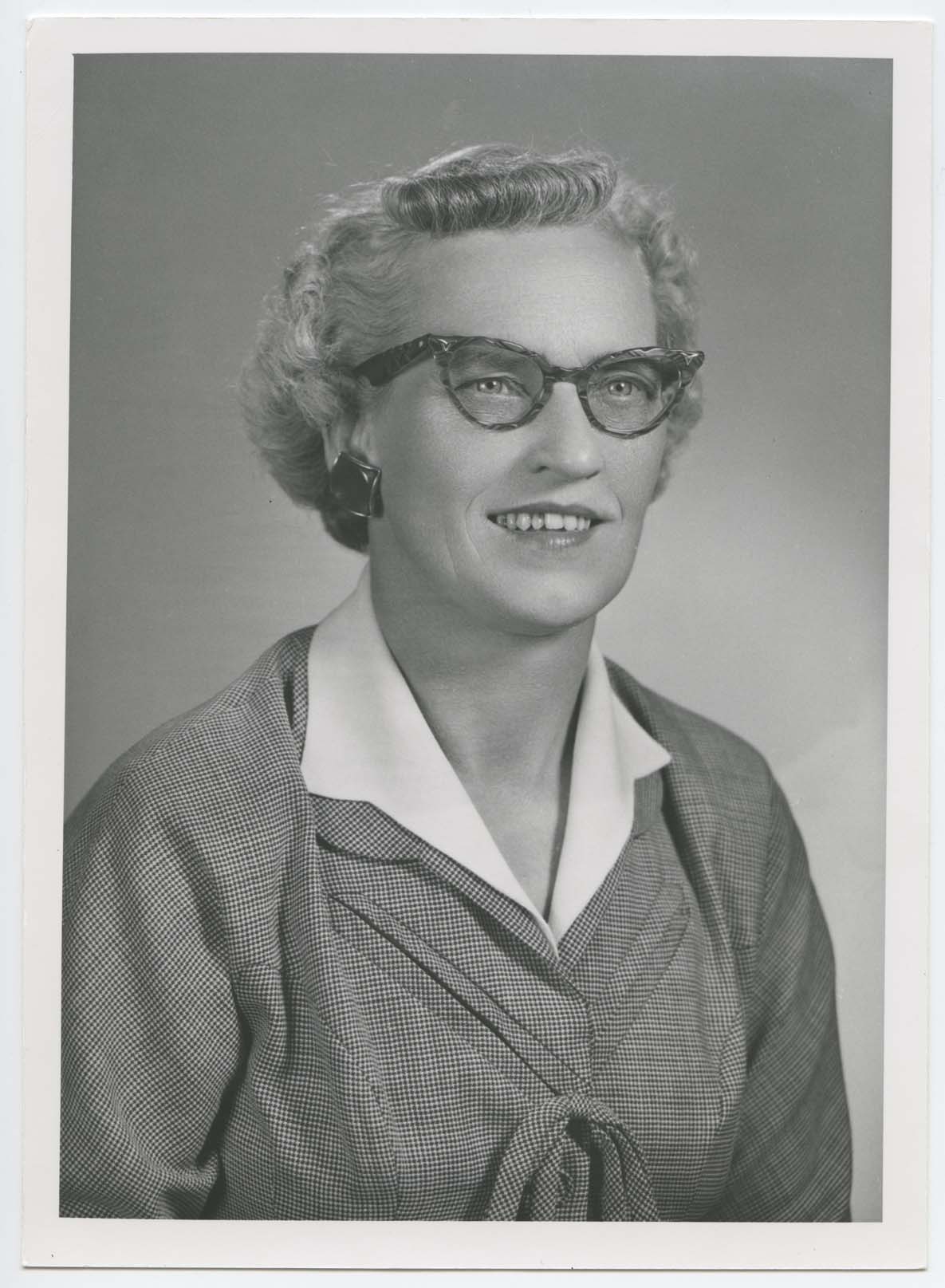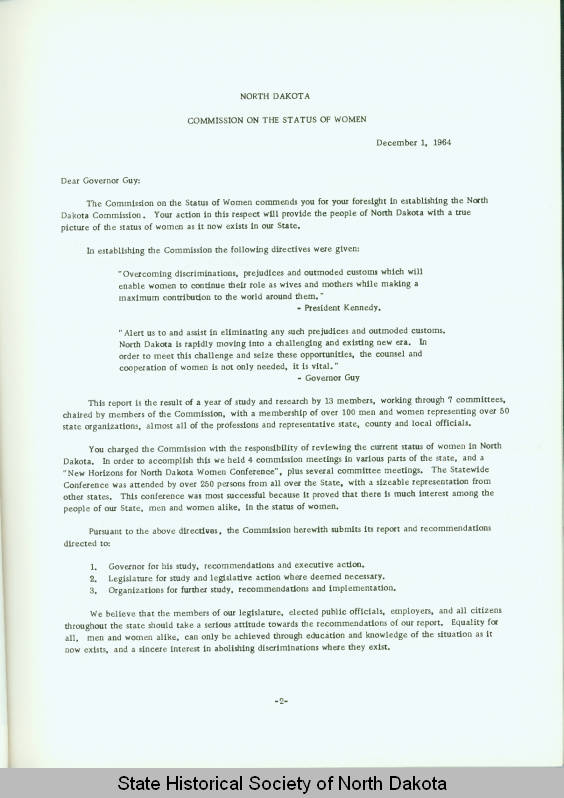The third supporting question, “were the efforts of the progressive movement and the NPL successful in changing the status of women in North Dakota?” helps students use primary sources to unwrap the context of the time and topic being examined. Complete the following task using the sources provided to build a context of the time period and topic being examined.
Formative Performance Task 3
The sources featured in this section are all primary sources. Study featured sources A-D. Analyze the sources and answer the following questions: What types of sources are they (letters, photos, maps, diaries, etc.)? What is going on in these sources (what kind of information do they contain? Who created each of these sources? Who was the intended audience for each source? Why were these sources created? When were the sources created? What do the sources tell us about the political and social reforms in the early twentieth century? How do we know? What else can you find? Create a graphic organizer that supports or refutes the compelling question with evidence. Did the progressive era achieve progress for women?
Featured Sources 3
The 1950s social reform efforts, inspired by the Civil Rights Movement, raised the consciousness of many citizens about their status in relation to the Constitution and economic equity. The United Nations raised concerns about the status of women world-wide in 1947. In 1962, President John F. Kennedy created the President’s Commission on Status of Women (chaired by former First Lady Eleanor Roosevelt) to address conflicting ideas about women’s economic and civic equality and opportunity in the workplace. Following the establishment of the President’s Commission, many states created commissions as well. North Dakota was one of thirty-two states that had active commissions in 1964.
In North Dakota, the Business and Professional Women’s clubs (BPW) and the American Association of University Women (AAUW) asked Governor William Guy to establish a commission. He did, but the commission had no budget, not even to pay for the travel of members or the printing of their report. The commission’s first chair was Agnes Geelan who was also chair of the North Dakota Workmen’s Compensation Bureau. The Vice-Chair was Dagny Olson, a court reporter, former clerk of the state Senate, member of BPW, and later president of the North Dakota Federation of Republican Women. The Commission met in January 1964, and its committees met throughout the spring. On July 17 and 18 the commission sponsored a conference in Bismarck attended by 220 women and men. Others sent letters to the commission expressing their interest in reforming law and custom to give women greater opportunities.
The Commission gathered and analyzed statistics, listened to citizens' comments, and examined state laws. The Commission filed a report with Governor Guy on December 12, 1964 and made recommendations to the legislature for specific bills to address women’s inequality. They met with success in several categories: the law exempting women from jury duty was repealed (1967); an equal pay law was passed by the legislature (1965); and the law limiting women’s labor including denying women overtime was repealed (1965, 1976). Though the Commission was initially successful, in subsequent years it met irregularly, and members were less enthusiastic about their work. Dagny Olson resigned from the Commission in 1971 because it had become “ineffective,” still had no funding, and no “definite directive.”
Women form one demographic group in North Dakota’s population. A demographic group is a portion of the population that has something in common. Within large demographic groups, such as the category women, there are also smaller groups with more specific common characteristics, such as women over forty years of age, women who are the same race, or women with the same education level. Consider the work of the Commission on the Status of Women (CSW) and the members of the first commission when discussing the following questions: Who were the members of the commission? What demographic groups did they belong to? Who among North Dakota’s citizens would be most affected by the report and the legislation the Commission recommended? Does race, class, or age make a difference in considering the impact of this commission? Who among North Dakota’s citizens would be least interested in the work of the Commission? Read the summary of recommendations of the CSW to Governor Guy. Have all these recommendations been achieved today? Was the Commission successful in its efforts to improve women’s status before the law? Read the letters in reply to the request of the Committee on Political and Civil Rights for advice on women’s relation to the law (letters from Duffy, Larson, and Name Withheld.) What do these letters reveal about women’s status in 1964? Are the authors of these letters in a position to adequately assess women’s status? Why are there such wide-ranging discrepancies in the letters?
The North Dakota Commission on the Status of Women represents one part of the women’s movement on the northern plains. The National Organization for Women was also active in the 1960s, as were groups of women on North Dakota’s college campuses. The women of North Dakota were not in complete agreement that reform was necessary, but North Dakotans and especially legislators became more aware of women’s status. The commission continues its work today. These documents can be found in the Dagny Olson Papers (SHSND Mss 10223).
| Source A |
Dagny Olson
|
| Source B |
North Dakota Commission on the Status of Women
http://www.digitalhorizonsonline.org/digital/collection/uw-ndshs/id/3086 |
| Source C |
Summary of Reports of Chairmen |
| Source D |
Letter to Dagny Olson Letter (PDF) [Sender’s name withheld] |
Evaluating the Data
The United States Constitution requires that a census of the population be taken every ten years. The kind of data (beyond a basic count) collected varies from year to year, but since 1900 the census has gathered a great deal of information on working people. The Bureau of Labor also maintains data on employed people and had a special division to monitor data on women workers. If we read these numbers carefully, they can tell us a great deal about working women and, by extension, something about their families. The Commission on the Status of Women used data collected in 1960 so it was still fairly accurate for their use in 1964. Some of the statistics are presented here:
There were 208,196 women in North Dakota in 1960. One important notation was that the median age of women workers in 1960 was 11 years older than that of women workers in 1940 indicating that many women waited until their children were in high school before going to work.
Age:
- 36,569 (57.9%) working women were between 35 and 65 years of age
- 26,594 (42.1%) working women were between the ages of 14 and 34
- Median age: 39
Education:
- 118,041 (56.6% of those 14 years of age and over) women ended their schooling before completing high school
Marital Status:
- 18,265 (28.9%) single
- 35,973 (57%) married
- 8,925 (14.1%) other marital status
Earnings:
- 20,602 (39%) working women earned less than $1000 per year
- 10,829 (21%) earned more than $3000 per year
- $1469 was the median earnings for women
Occupations:
- 14,152 (24%) Clerical workers
- 12,777 (21%) Service workers (not household)
- 9,937 (17%) Technical Professional (librarians, musicians, nurses, teachers, technicians)
- 5,372 (9%) Sales
- 5,062 (8%) Private household workers
- 3,335 (6%) Farm Laborers, managers
- Describe the Average Woman Worker. For instance, you might say that the Average Woman Worker is over 35, married, and did not complete high school. Complete this picture by adding in her salary and her most likely occupation.
- In 1950, the average income for all workers in the United States was $3,216. The average price of a house nationwide was $14,500. A car cost about $1,500. Gasoline was twenty cents a gallon and a loaf of bread cost fourteen cents. Was the average North Dakota woman worker able to support a family with two children comfortably?
- Find someone in your family or in your town who was an adult in 1964. Ask about the condition of women at work, in government, and in the social networks of your community? Do their responses match these statistics? Can you explain any differences you find? Does the information you gather make the statistics more valuable? If you cannot find a person to talk to, locate copies of the town newspaper for that time period and read about women’s activities. You might find the newspaper in the library or in the local historical society.
Learn more about women’s suffrage in the Teacher Resources section of the North Dakota Studies website.




